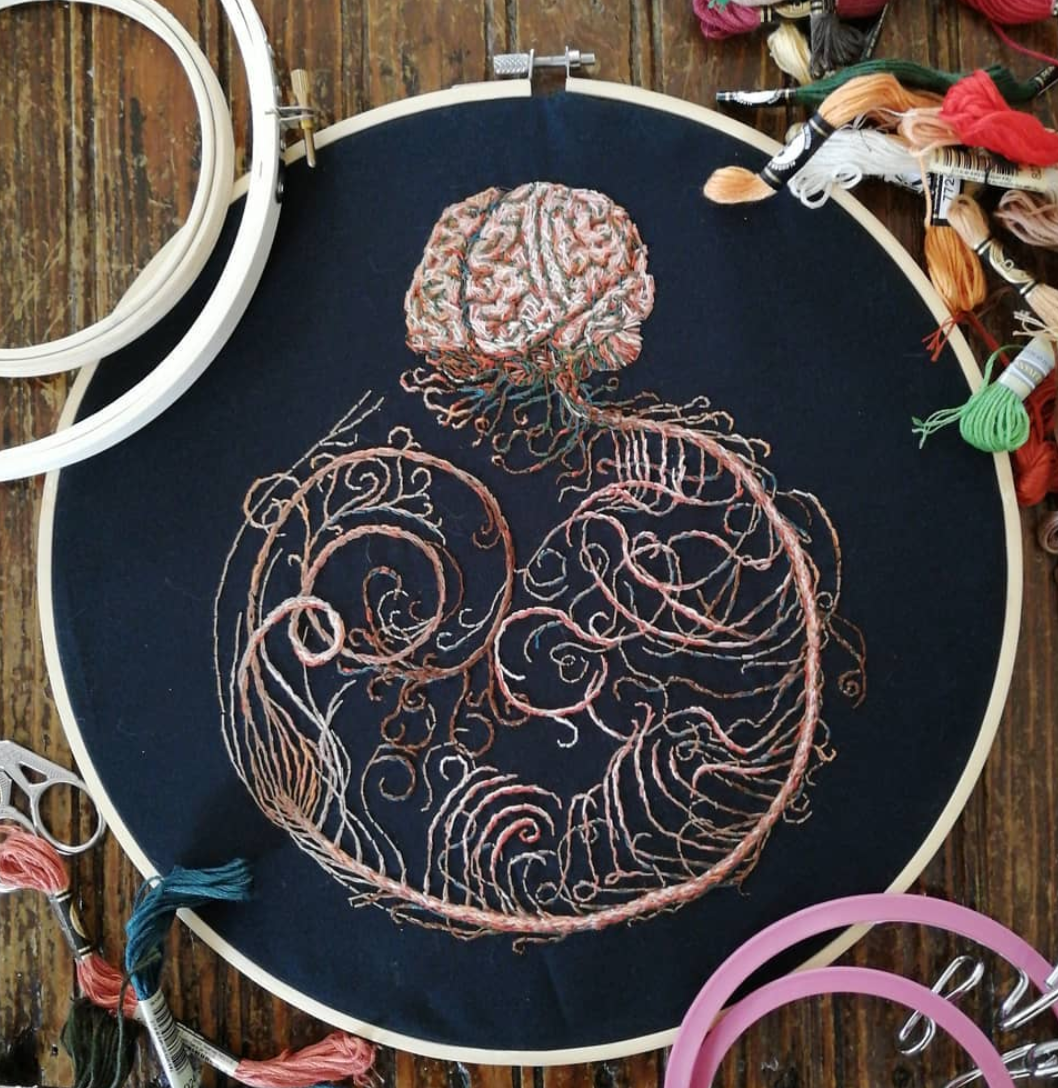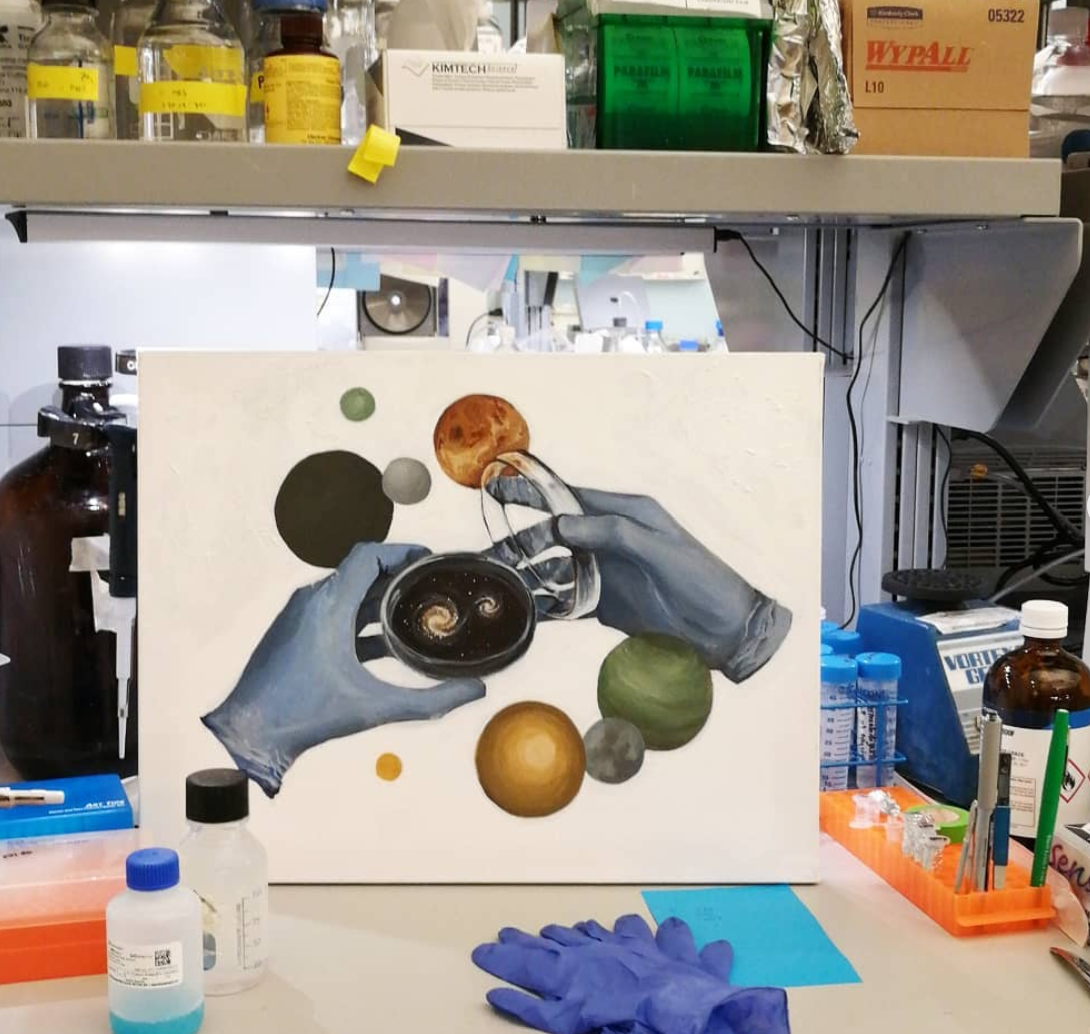In the last decade, a heated discussion about the distinction between sympathetic and parasympathetic nervous systems errupted. These are commonly known as the “fight or flight” versus the “rest and digest” systems with roles like increasing or decreasing heart rate and pupil size (background on the divisions of the nervous system below). For about a […]
The sensory system that processes touch is called the somatosensory system. This system also detects and relays information about proprioception (how your joints are positioned), temperature, internal organs, and some chemical stimuli (like capsaicin, found in hot chili peppers). All this sounds relatively straight forward, but this field has been changing really rapidly! (1) Textbooks […]
We perceive the world through our sensory systems, and our brain is great at making sense of this information. Much of our spinal cord and brainstem is to relay sensory information up to the brain and then sending motor information back down for a response. For example, while noise is just changes in air compressions, […]
These are cells that can be found throughout the brain, like in the cortex, hippocampus, and amygdala. They are excitatory cells (vs. inhibitory), meaning they tend to make the neurons receiving its signals more likely to release neurotransmitters (“excited”). Pyramidal neurons can differ a bit in shape and this is thought to represent different subtypes. […]
Stellate ganglions (aka the cell the giant axon in a squid). Most biology students are familiar with this cell since the first recording of neuron’s activity was done with it in the 1930’s (by Hodkin and Hukley who later received a Nobel Prize for the experiment). But why did they use a squid? Because they […]
Cognitive enhancers. Developmental genes (axon guidance and targeting genes) are always expressed in the hippocampus. Since I often hear about cognitive enhancers improving memory, I wondered if cognitive enhancers somehow interact with axon guidance and targeting genes or proteins.First, I looked up whether there is a correlation between axon guidance genes and “intelligence.” (Several genome-wide […]
pork tapeworm or Taenia solium is a type of worm that can end up in your brain. It infects via fecal-oral contract so infection is higher in developing countries with poor hygiene (parasites spread when tapeworm egg infested foods or water are consumed). If the parasite larvae cysts enter the nervous system, then it’s called […]
Dopamine. This neurotransmitters is well known for being involved in processing reward. I recently read about dopamine being used for something similar in a fruit fly, so I tried to look up if maybe dopamine use is evolutionary conserved. First, multiple introductions from studies using fruit flies suggested conservation [ex: 1]. So I then I […]










Recent Comments